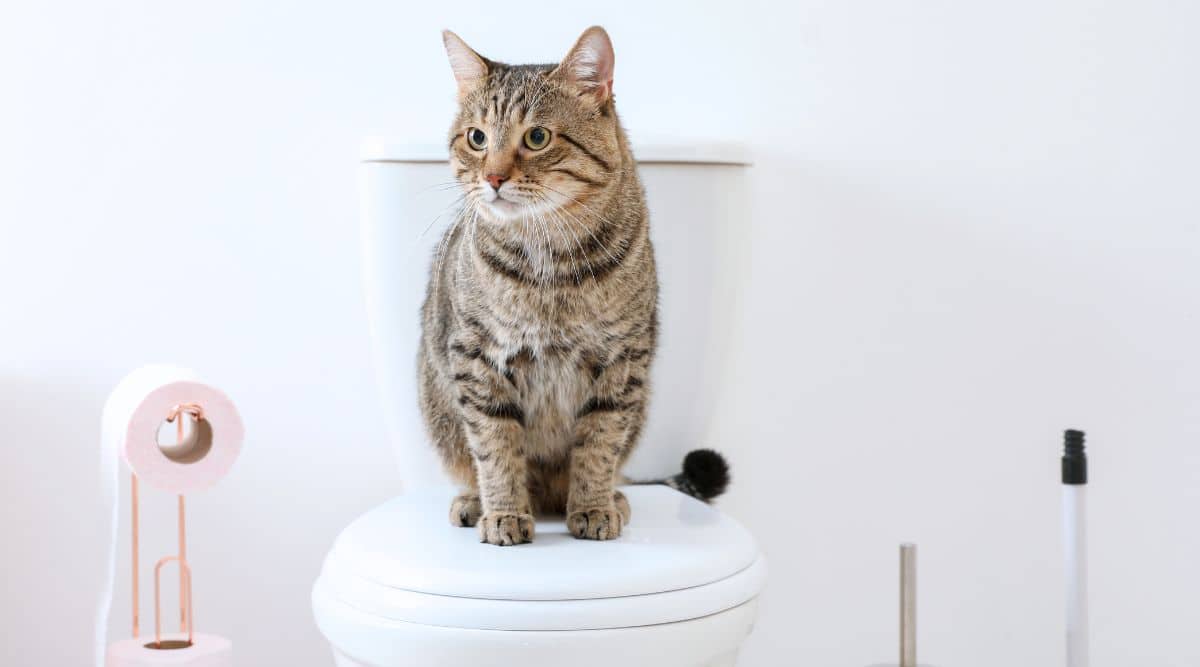What are your thoughts and feelings on How to Dispose of Cat Poop and Litter Without Plastic Bags?

Intro
As pet cat proprietors, it's vital to bear in mind just how we take care of our feline friends' waste. While it might seem practical to purge feline poop down the toilet, this practice can have harmful effects for both the atmosphere and human health.
Ecological Impact
Purging cat poop introduces unsafe pathogens and bloodsuckers right into the water system, posturing a considerable threat to aquatic ecological communities. These contaminants can negatively affect aquatic life and concession water quality.
Health and wellness Risks
Along with ecological problems, purging pet cat waste can additionally pose health risks to humans. Cat feces may contain Toxoplasma gondii, a bloodsucker that can cause toxoplasmosis-- a possibly severe illness, particularly for expecting ladies and individuals with weakened immune systems.
Alternatives to Flushing
Thankfully, there are safer and much more accountable means to dispose of pet cat poop. Take into consideration the adhering to options:
1. Scoop and Dispose in Trash
The most common approach of taking care of feline poop is to scoop it into a naturally degradable bag and throw it in the garbage. Make sure to use a committed trash scoop and throw away the waste quickly.
2. Usage Biodegradable Litter
Choose eco-friendly feline clutter made from materials such as corn or wheat. These trashes are eco-friendly and can be safely disposed of in the garbage.
3. Bury in the Yard
If you have a yard, take into consideration burying cat waste in a marked location away from vegetable gardens and water resources. Be sure to dig deep adequate to stop contamination of groundwater.
4. Set Up a Pet Waste Disposal System
Invest in a family pet garbage disposal system especially made for pet cat waste. These systems make use of enzymes to break down the waste, decreasing odor and ecological influence.
Conclusion
Accountable animal possession prolongs past supplying food and shelter-- it also includes appropriate waste administration. By avoiding purging cat poop down the toilet and opting for different disposal techniques, we can minimize our ecological footprint and shield human health and wellness.
Why Can’t I Flush Cat Poop?
It Spreads a Parasite
Cats are frequently infected with a parasite called toxoplasma gondii. The parasite causes an infection called toxoplasmosis. It is usually harmless to cats. The parasite only uses cat poop as a host for its eggs. Otherwise, the cat’s immune system usually keeps the infection at low enough levels to maintain its own health. But it does not stop the develop of eggs. These eggs are tiny and surprisingly tough. They may survive for a year before they begin to grow. But that’s the problem.
Our wastewater system is not designed to deal with toxoplasmosis eggs. Instead, most eggs will flush from your toilet into sewers and wastewater management plants. After the sewage is treated for many other harmful things in it, it is typically released into local rivers, lakes, or oceans. Here, the toxoplasmosis eggs can find new hosts, including starfish, crabs, otters, and many other wildlife. For many, this is a significant risk to their health. Toxoplasmosis can also end up infecting water sources that are important for agriculture, which means our deer, pigs, and sheep can get infected too.
Is There Risk to Humans?
There can be a risk to human life from flushing cat poop down the toilet. If you do so, the parasites from your cat’s poop can end up in shellfish, game animals, or livestock. If this meat is then served raw or undercooked, the people who eat it can get sick.
In fact, according to the CDC, 40 million people in the United States are infected with toxoplasma gondii. They get it from exposure to infected seafood, or from some kind of cat poop contamination, like drinking from a stream that is contaminated or touching anything that has come into contact with cat poop. That includes just cleaning a cat litter box.
Most people who get infected with these parasites will not develop any symptoms. However, for pregnant women or for those with compromised immune systems, the parasite can cause severe health problems.
How to Handle Cat Poop
The best way to handle cat poop is actually to clean the box more often. The eggs that the parasite sheds will not become active until one to five days after the cat poops. That means that if you clean daily, you’re much less likely to come into direct contact with infectious eggs.
That said, always dispose of cat poop in the garbage and not down the toilet. Wash your hands before and after you clean the litter box, and bring the bag of poop right outside to your garbage bins.
https://trenchlesssolutionsusa.com/why-cant-i-flush-cat-poop/

We hope you enjoyed our post on How to Dispose of Cat Poop and Litter Without Plastic Bags. Thanks a lot for taking the time to read through our short article. Sharing is good. Helping people is fun. I am grateful for your time. Come back soon.
Call Today
Comments on “The Risks of Flushing Cat Poop in Your Toilet - Preventive Steps”